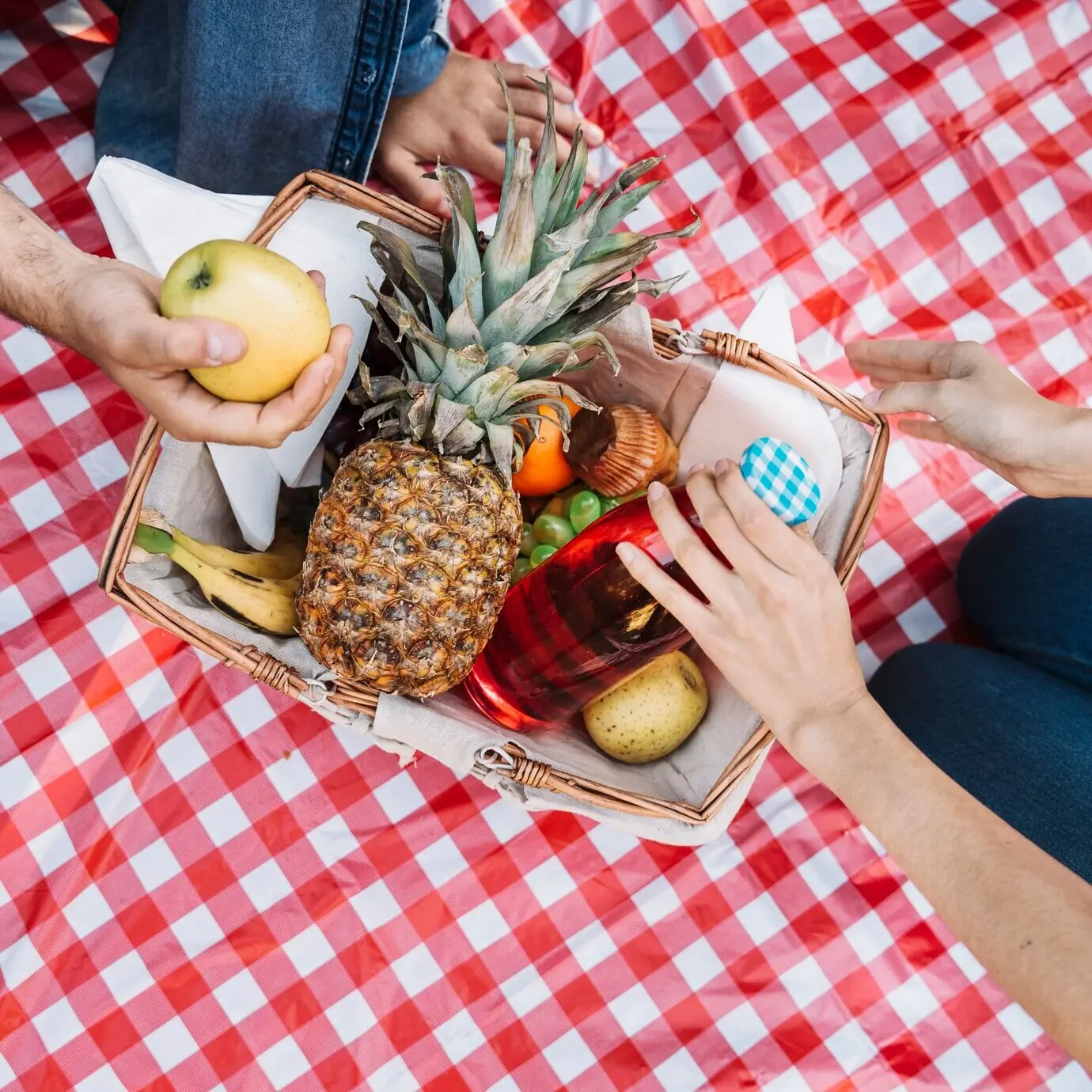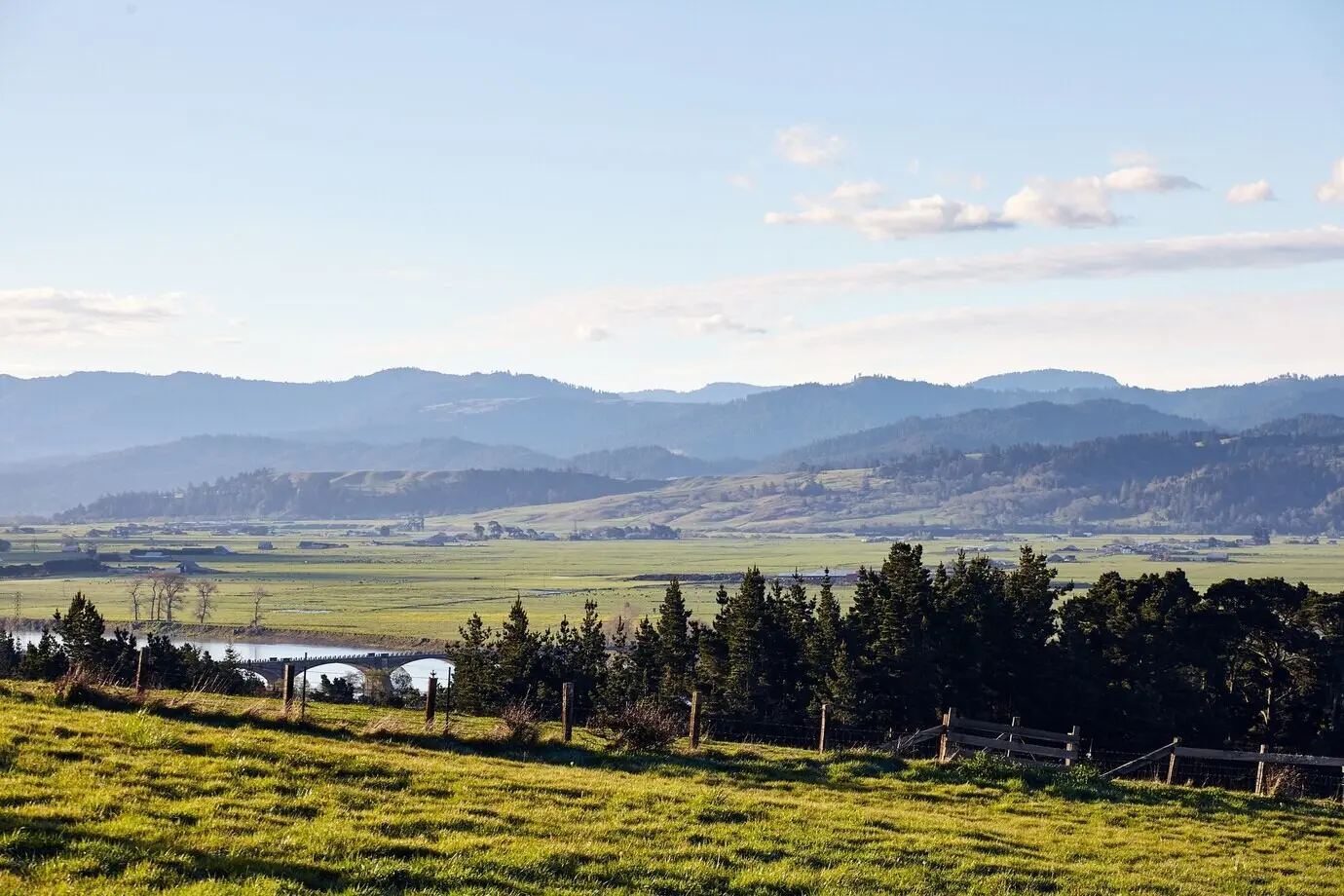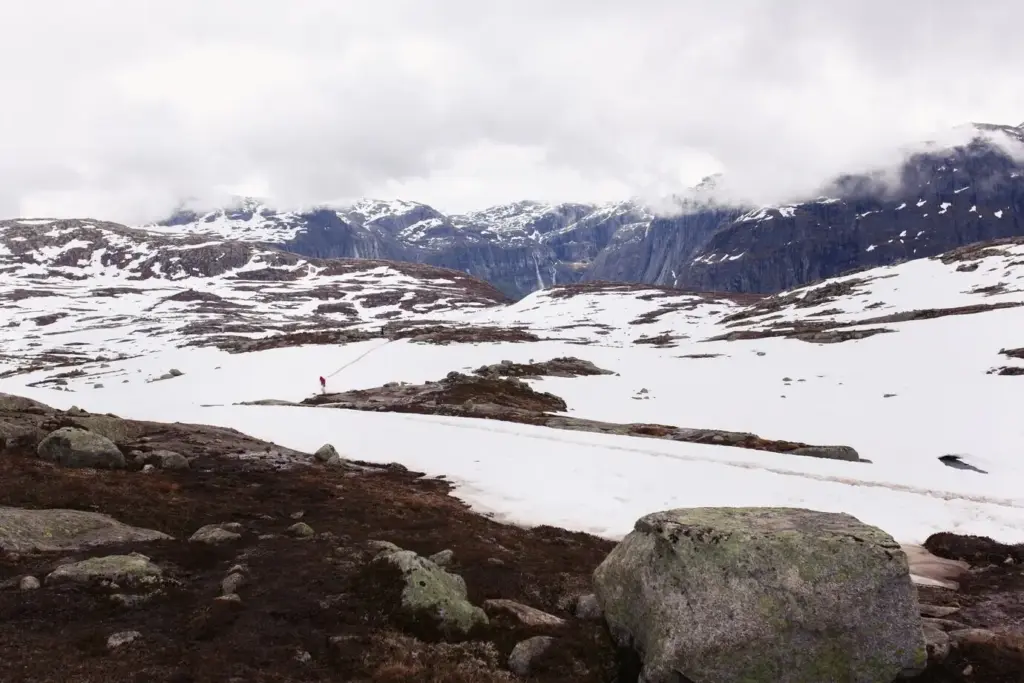Allies for Wild Habitats

Shared Stewardship on the Water and in the Field

Where Goals Overlap, Momentum Grows
Ask an elder at a boat ramp or a young mentor at a pheasant opener what matters most, and you’ll hear nearly identical answers: strong habitat, fair access, and time outdoors with friends. Shared values transform introductions into work parties, partnerships, and durable progress.

A Morning That Changed a Marsh
Volunteers arrived before sunrise with coffee, waders, and fence pliers, removing invasive reed canary grass and installing water-control structures. By autumn, teal stitched the sky, frogs chorused at dusk, and kids from town counted dragonflies. Small victories, shared sweat, and open invites built belonging.

Listening First, Then Lacing Boots
Disagreements happen—about access points, motor limits, or hunting dates—but listening sessions at the clubhouse or landing often turn skeptics into collaborators. When people feel heard, they show up, lace boots, haul brush, and sign up to monitor results through seasons, not headlines.
Funding Engines That Keep Habitats Alive

Restoration That Fish and Wildlife Feel Immediately

Wetlands: Water Filters and Nurseries
Volunteer crews plug ditches, install spillways, and seed emergent vegetation that slows floods and captures nutrients before they reach downstream spawning beds. Waterfowl gain brood cover, amphibians rebound, and nearby communities enjoy cleaner water, drier basements, and a front‑row seat to seasonal spectacles.

Grasslands: Room to Nest, Bloom, and Hunt
Switchgrass and wildflower mosaics draw insects that feed chicks, while open sightlines help predators and prey maintain balance. Rotational grazing, haying schedules, and strategic burns, planned with producers, protect nests and extend food webs that benefit quail, pheasants, monarchs, and neighboring farms.

Rivers and Corridors Reconnected
Replacing undersized culverts with bridges reopens miles of upstream habitat, while riparian plantings cool summer temperatures and stabilize banks. Anglers notice trout holding longer in riffles; hunters see deer trails return to natural crossings. Connectivity multiplies resilience when droughts, floods, or fires stress landscapes.
Science Powered by Boots, Boats, and Binoculars




Ethics That Turn Opportunity into Abundance



